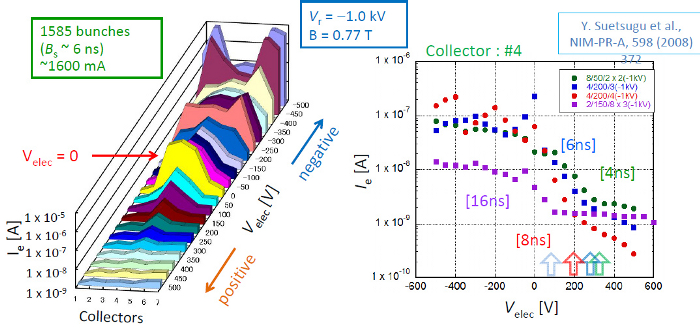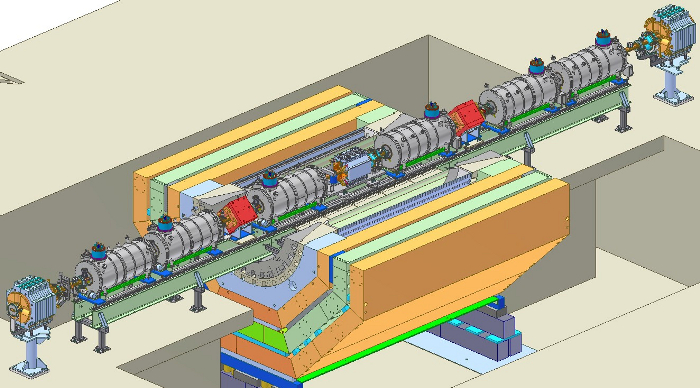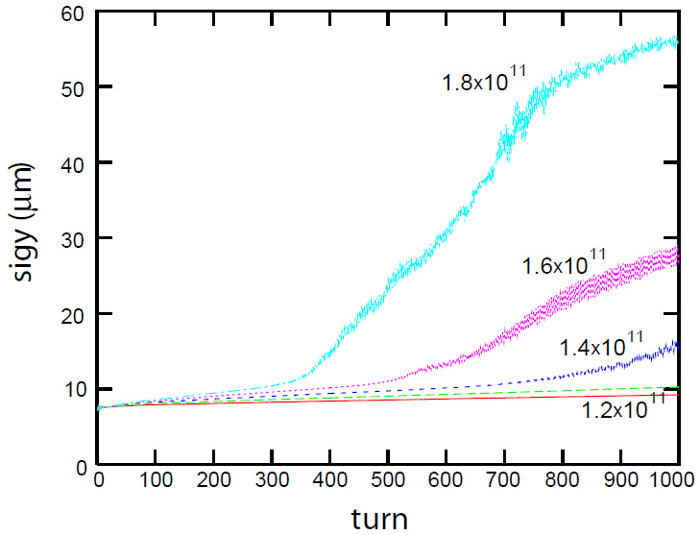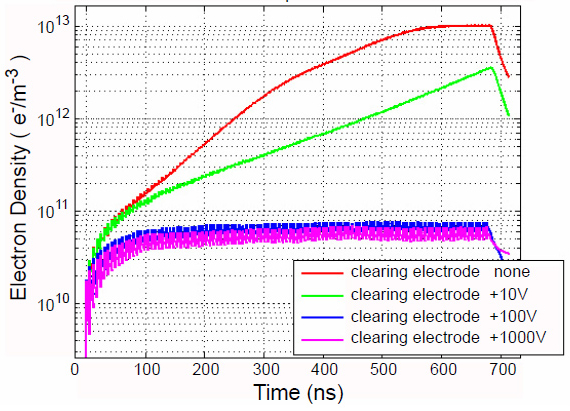Director's Corner
12 March 2009
 Barry Barish |
The ILC damping rings and electron cloud mitigation
Today’s ILC Newsline is a thematic issue focusing on aspects of electron cloud mitigation for the ILC and for other future accelerators. One of the highest-priority goals of the ILC R&D programme during the Technical Design Phase is to demonstrate that the proposed mitigation techniques for the electron clouds in the damping rings will reduce the levels so that the clouds will not impact the emittance performance of the positron damping ring. Our damping ring group is a broad collaboration that has been run very capably by Andy Wolski (University of Liverpool/Cockcroft Institute) until recently. Susanna Guiducci (INFN – LNF) has now taken over coordination of that group and she is profiled in NewsLine this week. R&D on electron cloud effects is of importance for other future accelerators, not just for the ILC, and we also feature an article on electron cloud effects for other accelerator projects this week. In my column today, I briefly review the problem for ILC, as well as the status and plans for our R&D programme.
The ILC low-emittance damping rings present special challenges to the designers, especially the requirements for close spaced bunches ( ~ 6 nanoseconds), which puts high demands on both fast kicker magnets to inject and extract the beams and especially on mitigating the positron beam blowup from electron cloud effects. Electron clouds are created when the accelerated positron beam hits residual electrons in the beam tube, knocking them into the wall. Subsequently, the wall emits more electrons by secondary emission and the resulting cloud of electrons can affect the next bunch of positrons, blowing up the beam.
We are studying several means of reducing the electron cloud: coating the chamber surface, grooving the chamber walls and inserting sweeping electrodes. Simulations have given us confidence to adopt the single 6.7-kilometre positron damping ring as our baseline. Nevertheless, these mitigation techniques need to be demonstrated and understood in the laboratory before they could be adopted in the ILC. That is the motivation for our ongoing R&D programme.
Our R&D strategy has included electron cloud tests at PEP and KEK-B, as well as a reconfiguration of CESR at Cornell (CesrTA) to perform beam dynamics studies with ultra-low emittance beams to characterise the cloud-induced dynamics in a regime much closer to that of the ILC damping rings. This will give us more confidence in extrapolating from our simulation studies to ILC conditions.
Very promising preliminary work using very thin (0.1 millimetre tungsten) clearing electrodes in magnets has been carried out at KEK-B, and this work will be continued at CesrTA, including participation of the KEK group. The studies resulted in a decrease of a tenth to a hundredth for applied voltages over 300 volts.
Finally, our most ambitious electron cloud studies are getting underway at Cornell on the NSF-supported CesrTA facility. Over the past year, the machine has been reconfigured to have twelve damping wigglers located in zero-dispersion regions for ultra-low emittance operation. It also contains diagnostic vacuum chambers with electron cloud suppression methods, designated sections available for installation of test devices and four-nanosecond bunch train operation. The main objectives of the CesrTA programme are electron cloud studies, the low-emittance programme with a goal of 20 picometre-vertical emittance and the development of a fast X-ray beam size monitor. We eagerly anticipate results that will be important for the ILC and more generally useful for accelerators in the near future.
 KEKB tests of clearing electrodes KEKB tests of clearing electrodes |
 CesrTA wiggler zero dispersion straight section for electron cloud studies CesrTA wiggler zero dispersion straight section for electron cloud studies |
The ILC damping ring R&D programme is a mini-example of how a global collaboration like the GDE can mobilise the worldwide talents to solve our most challenging accelerator physics issues.
-- Barry Barish

